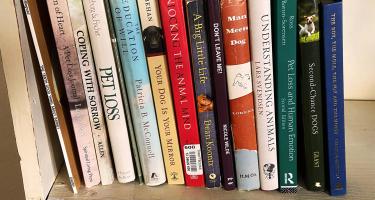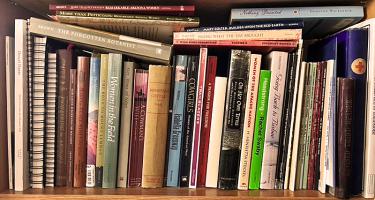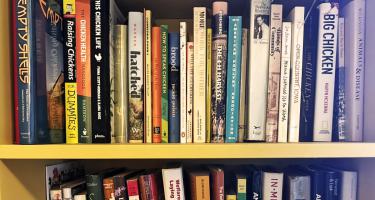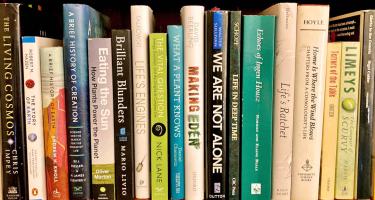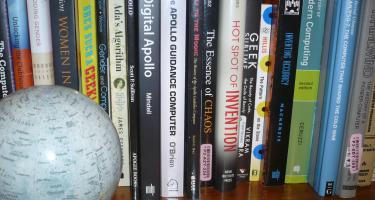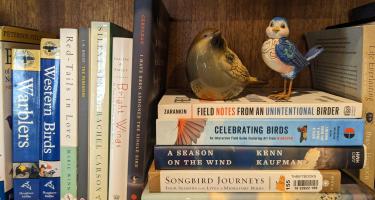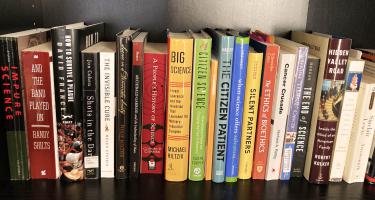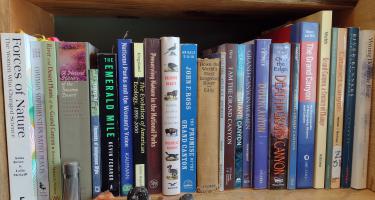
Melissa Sevigny—Brave the Wild River: The Untold Story of Two Women Who Mapped the Botany of the Grand Canyon
In 1938, botanists Elzada Clover and Lois Jotter became the 1st non-native women known to transverse the Grand Canyon by boat. In their 43-day, 600-mile trip down the perilous Colorado River, they collected diverse plant specimens and took notes that set botanical benchmarks, Melissa Sevigny reports in Brave the Wild River, The Untold Story of Two Women Who Mapped the Botany of the Grand Canyon.
